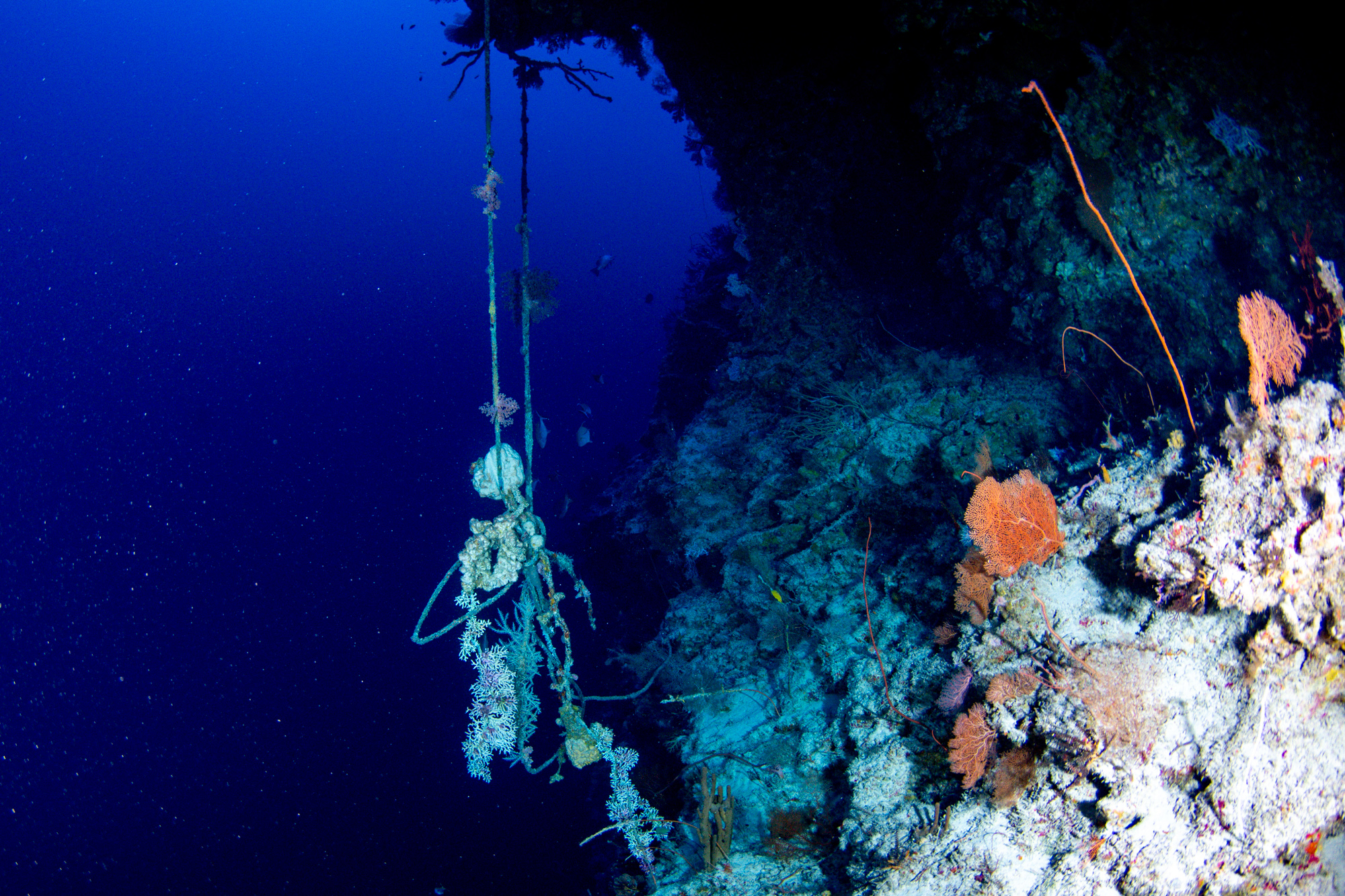News release
From:
Springer Nature
Environment: Uncovering the global extent of plastic pollution in water
Evidence for widespread plastic contamination of coral reefs and freshwater lakes is presented in two papers published in Nature this week. The reef study finds that larger fragments (mostly debris from the fishing industry) make up most of the plastic found, and these macroplastics are especially abundant in deep reefs. The assessment of freshwater lakes and reservoirs reveals that all assessed bodies of water were contaminated with microplastics.
Plastic pollution caused by humans is an emerging threat to water systems. Although a problem at a global scale, levels of pollution are highly influenced by regional and local factors, meaning that a comprehensive dataset is required to properly inform mitigation and management strategies.
Hudson Pinheiro and colleagues surveyed global reefs for macroplastics (larger than 5 cm) and other debris in reefs across 84 study sites globally, including the Pacific, Atlantic and Indian Ocean basins. They studied both shallow (less than 30 m deep) and deep (30–150 m) reefs, the latter of which are less well-documented. Debris was found in 77 of the 84 sites, with macroplastics accounting for 88% of the debris found. Levels of macroplastics were highest in the deep reefs. In most surveyed areas, fishing vessels were identified as the main source of plastic, such as lines and discarded traps.
In an independent study, Veronica Nava and colleagues sampled the surface waters of 38 lakes and reservoirs in 23 countries mainly concentrated in the Northern Hemisphere. They found microplastics (larger than 250 μm) in all sample sites. Lakes and reservoirs in close proximity to densely populated human settlements and those with large surface areas had the largest concentrations of plastic contamination. Lakes with small surface areas had a higher percentage of polyester fibres, whereas larger and deeper lakes tended to be dominated by fragments of polypropylene and polyethylene. Textile fibres, an established major source of plastic contamination, were also found in remote areas with little human presence.
Together, the two studies demonstrate the widespread contamination of water bodies with plastic debris, and underscore the urgent need for coordinated, systematic monitoring of plastic pollution.
Journal/
conference:
Nature
Organisation/s:
James Cook University
Funder:
We are grateful
for the support of donors who endorsed the California Academy of Sciences’ Hope for Reefs
initiative and funding expeditions throughout the Pacific and Atlantic oceans. We also thank
National Science Foundation (grant DEB 12576304 to L.A.R.), Fundação Grupo O Boticário de
Proteção à Natureza (grant 1141_20182 to H.T.P. and L.A.R.), Fundação de Amparo à Pesquisa
do Estado de São Paulo (grant 2019/24215-2 to H.T.P., J.P.Q., R.F.F. and L.A.R., and grant
2021/07039-6 to H.T.P.) for essential funding. L.A.R. was supported through a Rolex Award for
Enterprise, and R.F.F. through a CNPq fellowship (#309651/2021-2). ROV surveys in the Coral
Sea conducted by B.J.C. and G.F.G. were funded by an Our Marine Parks Round 2 Grant (4-FISKTNX) to A. S. Hoey, M. S. Pratchett and A. Barnett (James Cook University) by Australian
Marine Parks (Australian Federal Government). Research permits were secured through
partnership with the Philippine Department of Agriculture - Bureau of Fisheries and Aquatic
Resources, the Bahamas Ministry of Foreign Affairs, the Department of Fisheries of Pohnpei
(Federated States of Micronesia), the Department of Environment and Natural Resources of
Curaçao, the Ministry of Fisheries of French Polynesia, the Marshall Islands Marine Resources
Authority, Brazilian Environmental Agency (ICMBio), US Fish and Wildlife Service, Ministry of
Resources and Development of Palau, Department of Environment and Natural Resources
(Bermuda), Ministry of Agriculture, Climate Change and Environment (Seychelles), Ministry of
Agriculture, Fishing, Environment, Spatial Planning and Urban Development (Comoros) and
Australian Marine Parks (Australia, permit number PA2020-00092; Part8A: AU-COM2021-504.
Expeditions to Bermuda and Seychelles were facilitated by the Nekton Foundation (grant to
L.C.W. and P.V.S.). Bermuda surveys were conducted as part of XL Catlin Deep Ocean Survey
with license 2016070751, permission 87/2016 and special permit 160702; Seychelles research
was conducted during the Seychelles: First Descent Expedition, under permit 524, with
funding from Omega and Kensington Tours; Comoros data were collected with funding from
Critical Ecosystem Partnership Fund by partners University of Comoros, Comoros Directorate of Fisheries, Wildlands Conservation Trust, SAIAB, Nekton and CORDIO. This is Nekton
contribution 35.



 Australia; International; QLD
Australia; International; QLD


